Search Images
Browse Content (p. 261)

Image
The Roman Empire during the Flavian Dynasty, 69 - 96 CE
A map illustrating the territorial extent and political boundaries of the Roman Empire during the Flavian Dynasty, around 96 CE. Although a short-lived sequence of reigns from Vespasian (69 - 79 CE) through Titus (79 – 81 CE), until Domitian...
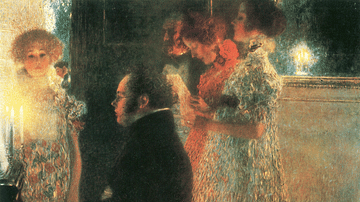
Image
Schubert by Klimt
An 1899 oil-on-canvas painting by Gustav Klimt (1862-1918) showing the Austrian composer Franz Schubert (1797-1828) playing the piano. The painting was destroyed during the Second World War (1939-45).
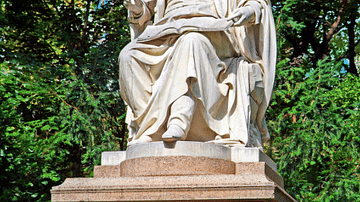
Image
Schubert Memorial Statue
A memorial statue of the Austrian composer Franz Schubert (1797-1828) in Vienna.
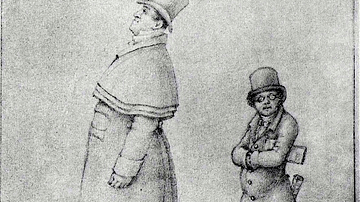
Image
Caricature of Vogl & Schubert
A c. 1825 caricature of the Austrian composer Franz Schubert (1797-1828) on the right and the baritone singer Johann Michael Vogl (1768-1840) who sang many of the composer's songs. Drawing attributed to Franz Schober. (National Library of...
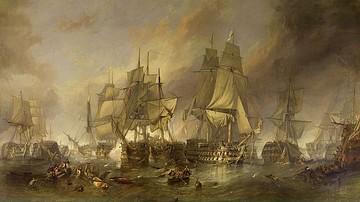
Image
Battle of Trafalgar
The Battle of Trafalgar, oil on canvas painting by Clarkson Frederick Stanfield, 1836.
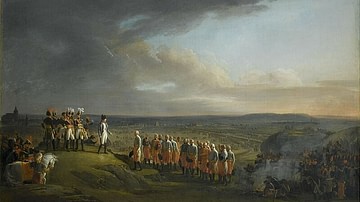
Image
Capitulation at Ulm, 20 October 1805
French Emperor Napoleon I (r.1804-1815) accepts the surrender of an Austrian army under General Mack on 20 October 1805, after the Ulm Campaign. Oil on canvas painting by René Théodore Berthon, c. 1805-1810.
Palace of Versailles.

Image
Napoleon with the II Corps of the Grande Armée, 12 October 1805
Emperor Napoleon I orders the II Corps of the Grande Armée into action at Augsburg on 12 October 1805, during the Ulm Campaign.
Painting by Pierre-Claude Gautherot, 1808.

Image
Topographical Map of Sicily
Topographical map of Sicily.
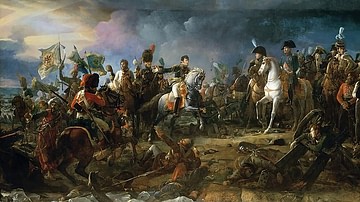
Image
Battle of Austerlitz
Jean Rapp, one of Napoleon's aides-de-camp, presents the emperor with the captured Prince Repnin-Volkonsky of Russia during the Battle of Austerlitz, 2 December 1805. Oil on canvas by François Gérard, 1810.
Palace of Versailles.
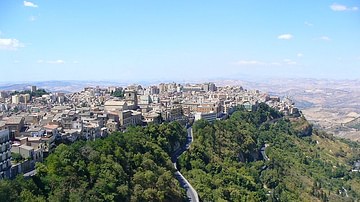
Image
City of Enna
A contemporary view of the Sicilian hilltop city of Enna, which stand 931 meters (3,054 feet) above sea level.